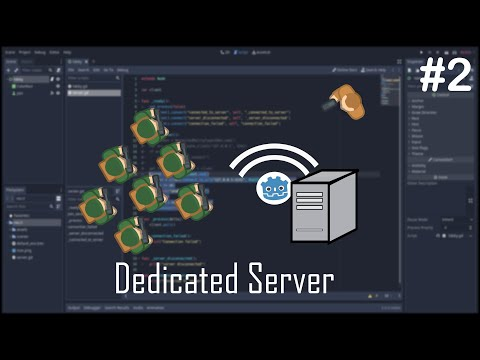Identifying bottlenecks and understanding how different settings influence user expertise across numerous world places are crucial to a profitable deployment. To deploy HTTP/3 on NGINX, compile it with the –with-http_v3_module configuration parameter. Additionally, you should configure your network infrastructure to permit UDP visitors over the usual HTTP/3 port, 443.
- HTTP/3, the latest version, goals to overcome these limitations by adopting QUIC (Quick UDP Internet Connections), which uses UDP to reduce connection institution time and enhance congestion control.
- Enter your area name and click on on “Check.” If every little thing is about up accurately, you must see a green checkmark indicating that your server supports HTTP/3.
- Part of that course of concerned splitting QUIC into the transport protocol (QUIC) and the applying protocol (HTTP/3).
- When accessing web sites, you might have noticed that the web handle begins with HTTP.
Spring Weblog
This is as a end result of HTTP/3 uses QUIC, which nonetheless depends on TLS 1.3 for encryption. The certificate requirements are the same as those for HTTP/2 and common HTTPS. You will need to identify which firewall is working, corresponding to firewalld, iptables, csf, or other external firewalls. W3Techs has reported that 25% of the highest 10 million websites now use HTTP/3.

Testing Client Compatibility Together With Your Fastly Service
The very first thing to remember is that even when your server is constructed for HTTP/3, you’ll want your complete networking infrastructure to assist it as well. For occasion, the Nginx ingress controller, a extensively used tool, has had an open ticket since 2019, I marvel if it will ever be solved. Uses methods like GET and POST to make sure that requests and responses reach their locations as historically formatted messages. The key difference is HTTP/1.1 transfers messages in plain-text, whereas HTTP/2 encodes the messages into binary, permitting for significantly completely different delivery mannequin prospects. This property of HTTP/2 addresses the efficiency concern of HTTP/1, lowering memory and processing footprint throughout the community.
Points
HTTP/3, the newest version of the Hypertext Transfer Protocol, improves upon its predecessors by utilizing QUIC, a transport layer community protocol based mostly on UDP. This shift addresses core issues like connection reliability, latency, and safety inherent in HTTP/2 and HTTP/1.x. Digital bottlenecks are present in HTTP/2, as TCP stops the transmission process roboforex vps in the occasion of misplaced packets.
Comentários